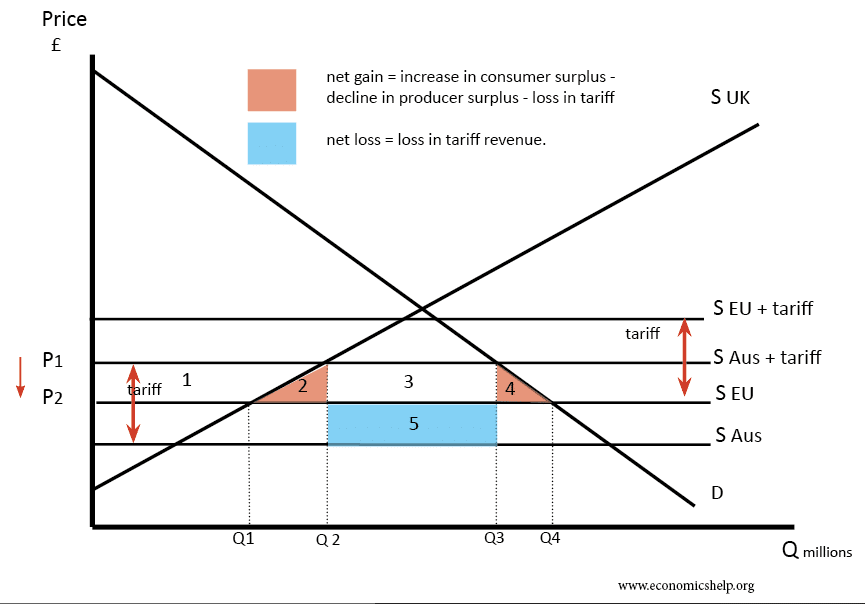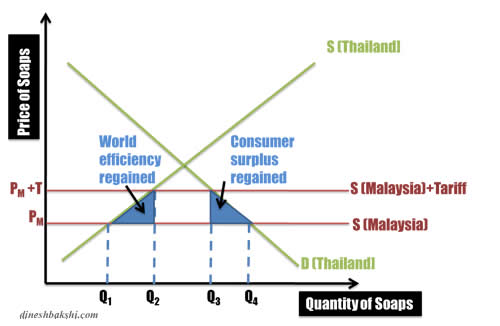


The lithium carbonate price has risen ninefold to date from $6.75/kg in early January 2021, while the lithium hydroxide has increased more than seven-fold from $9. Prices started to climb early 2021 due to robust EV growth as the global economy rebounded from the effects of the Covid-19 pandemic. Lithium carbonate traded at $6.75/kg on 30 December 2020, down from $19.25 on 4 January 2018. The price of lithium hydroxide dropped to $9 a kilogram on 30 December 2020, from $20.5/kg on 4 January 2018. The lithium spot price in those countries is considered the industry benchmark for battery grade lithium.Īccording to historical data, lithium prices fell between 2018 to 2020 due to supply glut as miners, such as Pilbara Minerals and Altura Mining, increased production. In 2019, the LME in partnership with Fastmarkets launched a reference price based on the weekly physical spot trade index on a CIF China, Japan and Korea basis.Ĭhina, Japan and Korea are the three largest markets for seaborne lithium. However, derivatives market place CME Group has lithium hydroxide futures, which use lithium hydroxide price assessment published by Fastmarkets. Lithium does not have a futures market as it is a relatively small metal market in terms of trading volume. Is the downtrend only a temporary blip? In this article we examine the latest market news and supply-demand data that shape lithium price forecasts. However, prices of lithium carbonate and lithium hydroxide – raw materials for making electric vehicle (EV) batteries – are still double from the prices in early January. Lithium carbonate prices in China retreated to CNY475,500/tonne ($70,905.61) in late June, from a record high of CNY500,000 in March, according to economic data provider Trading Economics.


 0 kommentar(er)
0 kommentar(er)
